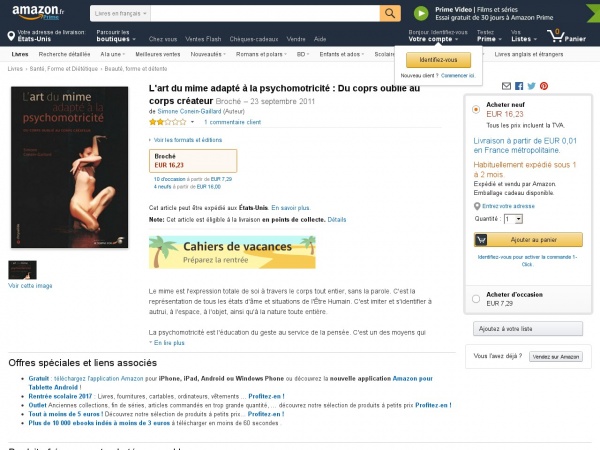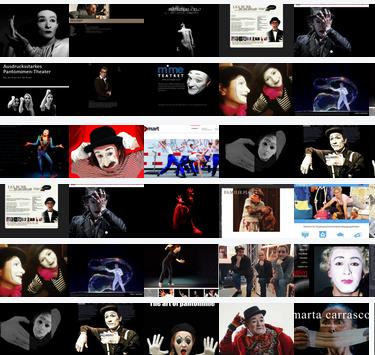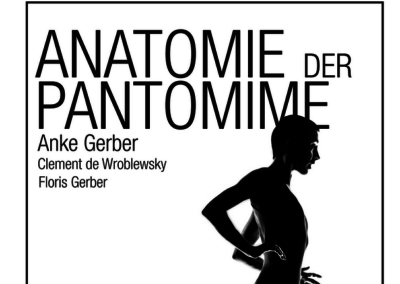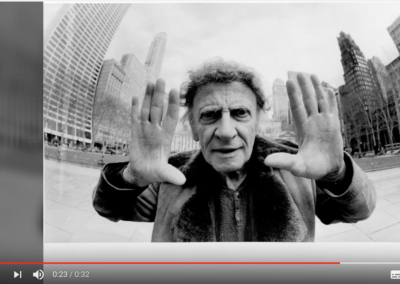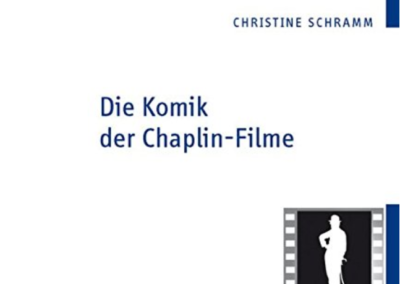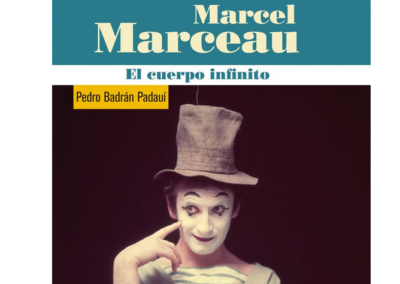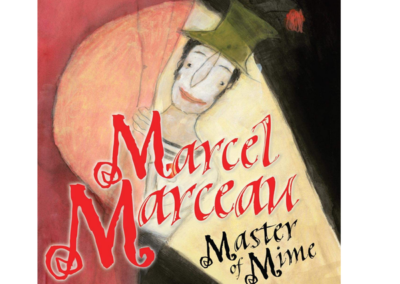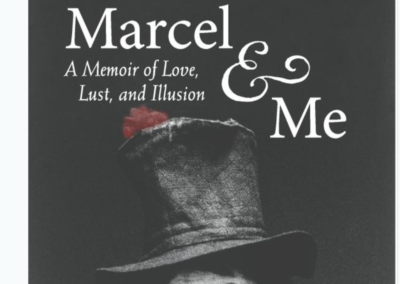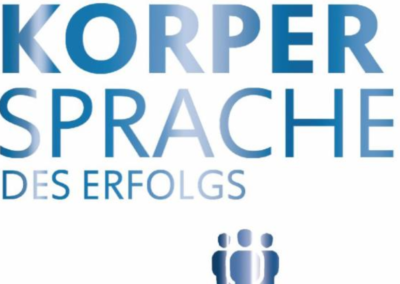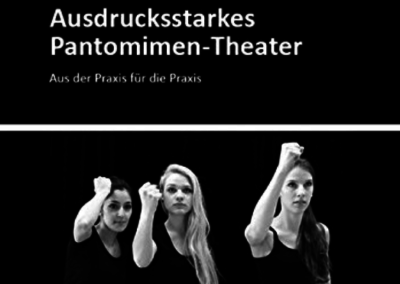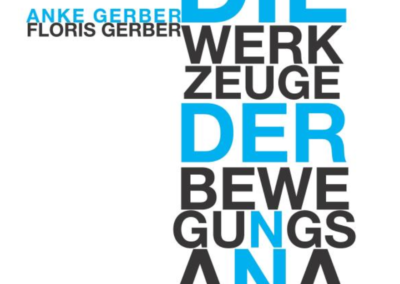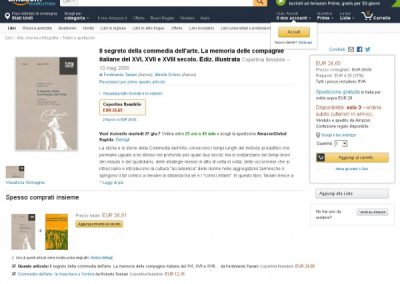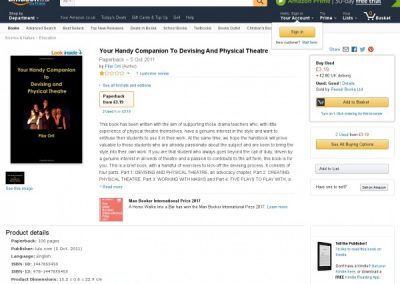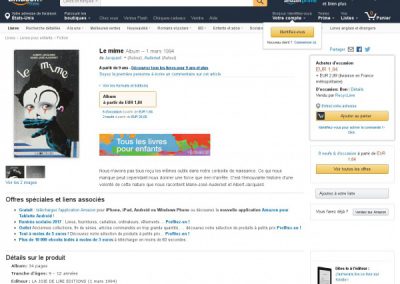L art du mime
mime lesson
Extract
A little story
Let us project ourselves into a spacious, calm, airy space, where people lying on the ground stretch, contorting silently on a shiny floor, before continuing their collective gestures and apparently synchronized … standing!
This is what an uninitiated eye can seem to see by looking through the glass of this dance hall. But what do they do? Their agitation is equaled only by their concentration. Nothing comes to disrupt their task! They grow, they shoot with such ardor, close to despair. If they do not fight against the elements, it is a whole jumble of invisible objects that come to harass them and nobody to tell them that it is not, that they calm down. That everything’s OK !
Always behind the glass, that is what it seems to us to understand.
Where the drama reaches its paroxysm is when they dare to deny their face by immolating it with a mask as cold as it is immobile, to seem otherwise to agitate a body carrying this big white point.
Or at that moment, one takes fright and one runs away.
Either the fascination is exercised and resuming our minds, we wonder: what is it?
But, it’s a mime lesson!
On the other side of the “mirror”
Let’s go to the other side of the window.
In all the traditional schools of theatrical mime, it is in principle a mute teaching, where technique is transmitted by imitation.
Here it is otherwise.
By the word, I insist on the points of awakening such as the perception of kinesthetic sensations produced by movements, conscious breathing, listening to oneself, on the other. Above all, the fact that no gesture or movement should fall into the trap of purely technical automatism.
The goal is to become self-aware in the dynamics of movement, as in its apparent passivity. Then try to ensure that the creative expression, no matter how small, is present at every moment.
But as soon as one approaches the body, and a fortiori, expression through it, one touches on what is most secret, sensitive, deep within oneself.
This approach, of discovery or rediscovery, arouses from the persons concerned verbalizations formulated in questions or simply in affirmations.
The questions, formulated or not, are of course related to their discoveries.
First, in this approach to the work of the body, the goal is not only its acceptance, because in some extreme cases we can accept its body but not love it; But above all to acquire a constant and definitive psychocorporeal harmony.
About the Author
Mime is the total expression of self through the whole body, without speech. It is the representation of all states of mind and situations of the Human Being. It is to imitate and identify with others, space, objects, and the whole of nature.
Psychomotricity is the education of gesture at the service of thought. It is one of the ways to restore the adaptation of the individual to the environment through psycho-perceptual-motor learning. It is addressed to all, from the child to the elderly. The psychomotricity has a specificity that comes of course from its corporeal approach which, through the physical exercise and the communication of the body, allows to improve the psyche.
Simone Conein-Gaillard is the first and only one to have adapted the art of the mine to psychomotricity, pursuing two objectives: awakening and self-discovery in a personal development and therapeutic application. It uses the body to open to the awakening of the consciousness of being.
The author uses the Mime corporel (schools Etienne Decroux and Wolfram Mehring), the Pantomime (Marcel Marceau school), the port of the Neutral Mask (Jacques Lecoq school), the mask making (Stefano Perroco – disciple of Sartori) Work on breathing. In doing so, it is based on four fundamental principles of work: observation, concentration, listening and availability.
A technical and practical book accessible to all curious personal development via the corporeal.
Born in Brazil, professor of mime, mimograph, Simone Conein-Gaillard is formed in Psychomotricity-D.E. At the Pitie-Salpetriere after being the partner of Marcel Marceau in Paris. Since 1973, she has been teaching the application of the mime adapted to therapy, for the Faculty of Medicine Paris VI -Pierre and Marie Curie – Pitié-Salpêtrière, and to the Higher Institute of Psychomotor Rehabilitation, within the framework of the training of Future psychomotricians. www.zicarai.com
